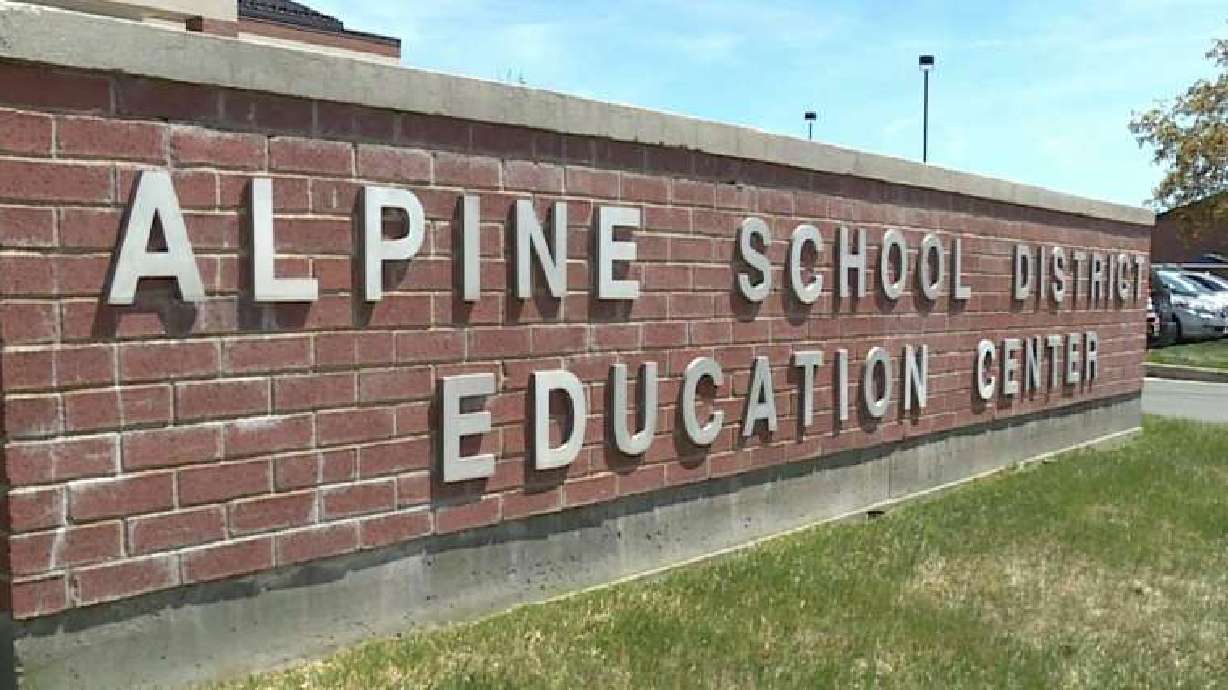Estimated read time: 4-5 minutes
This archived news story is available only for your personal, non-commercial use. Information in the story may be outdated or superseded by additional information. Reading or replaying the story in its archived form does not constitute a republication of the story.
DRAPER — Alpine School District could still be splitting, though, not by way of a ballot measure put forward by the district's school board.
That possibility was struck down when Utah lawmakers in June passed HB303 — sponsored by sponsored by Rep. Brady Brammer, R-Highland — during a special legislative session, which prevents local school boards from initiating a process to divide a district. Instead, two separate interlocal agreement proposals to split the district will be on voters' ballots come November.
One proposal would see the cities of Alpine, American Fork, Cedar Hills, Draper, Highland and Lehi form their own district after a rare, joint public meeting was held between the aforementioned city councils. The groups heard the results of a feasibility study and kick off a 45-day public comment period for the creation of a new district, which is tentatively being called the Central School District, though, that is subject to change.
The study concludes the creation of the Central School District would a viable opportunity that could "provide less of a future property tax burden in these communities if they separated from the Alpine School District," according to a release from the city of Lehi.
"We are collaborating closely with our neighboring cities to ensure our residents' voices are well-represented in the decision-making process regarding a potential split from the Alpine School District," Lehi councilwoman Heather Newall said in a statement. "We will continue to study the potential creation of the Central School District objectively to provide the public with the facts they need to make informed decisions. Ultimately, voters will get to choose what works best for their children's future."
Another interlocal agreement proposal would see Saratoga Springs, Eagle Mountain, Cedar Fort and Fairfield forming a third district.
That would still leave four cities within Alpine School District — Orem, Vineyard, Lindon and Pleasant Grove — on the outside looking in, as at this point, they have not entered into an agreement. If they don't form an agreement and the other two plans pass, the four cities will become a reorganized district by default.
In 2022, Orem voters got the chance to vote on an Orem-only school district, but that measure ultimately failed.
At a public hearing during Tuesday's Highland City Council meeting, residents took turns weighing in on the proposition of Alpine School District — Utah's biggest — staying together or splitting.
"I just wanted to give my support for staying together. I know that most people came here to speak differently," said Amber Gardiner, a 26-year Highland resident and Alpine School District employee. "I am most definitely not in favor of it, not just because I'm worried about my job. I'm not worried about that. But I do think that the programs and the things available to our children by being a large district are greater than people understand."
James Porter said he fears splitting would leave the west side of the district with a high burden to meet the needs of students that could be shouldered collectively.
"I worry that we are spending our time and having rhetoric ... that shows that we are focused on things that are less important," Porter said. "Though there is significance in what's going on with our taxes, we need to be focused on the educational outcome. I also want my children to be able to live in any of these cities and get a similar educational opportunity."
Molly Barrington, whose son attends Highland Elementary, was one of the people who spoke speak differently than Gardiner, saying she was "very much in support" of a three-way split.
"Not only will the districts literally have more local control (but) because kids get lost in a district this big. Oversight is not as good as it should be and especially in special ed," Barrington said.
Wendy Hart, who served on the Alpine School District board from 2011 to 2018, echoed Barrington's support for the split.
"At some point, it was obvious that we would get so large that we would need to split and the main reason for that is because of local control. The district has different areas of need," Hart said. "The west has outstanding growth and the south has a lot of needs with Title I and refurbishing of buildings and things like that."
Hart added a split would allow individual areas to better address their unique needs.
A full list of public meetings on the matter can be found here.









